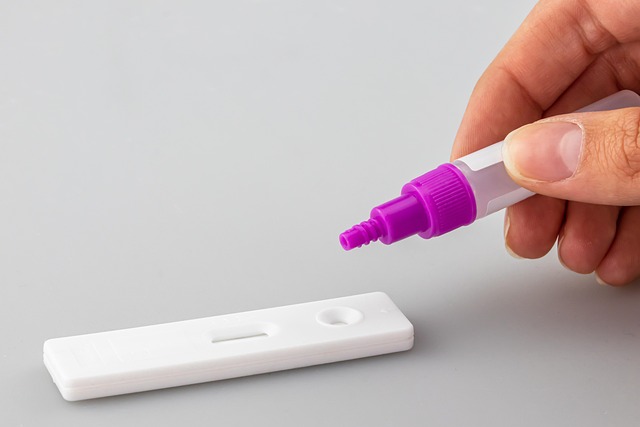
Revolutionizing IT: The Power of Information Technology Testing in Hardware
Embracing the Pulse of Modern Hardware
In today’s world, the very backbone of any organization is underpinned by robust hardware infrastructure. Whether you’re managing servers in a data center, designing edge devices, or developing next-generation workstations, the importance of Testing hardware cannot be overstated. Within the IT landscape, undervaluing the process of rigorous hardware Testing is akin to building your digital castle on shifting sand.
The Critical Role of Information Technology Testing
Information Technology ecosystems thrive on consistency, reliability, and performance. When you hear the word “Testing,” you might think of software stress tests, QA teams running scripts, or security audits. However, hardware Testing brings its own unique set of challenges and rewards. From thermal cycling to signal integrity analysis, from stress-testing power supplies to verifying I/O throughput – every step of the hardware Testing journey is a critical milestone on the path to success.
Key Phases of Hardware Testing
- Prototype Validation: Engineers build initial models to identify design flaws.
- Environmental Testing: Simulating extreme temperatures, humidity, and vibration to ensure durability.
- Electrical and Signal Integrity: Verifying that circuits and data paths meet performance thresholds.
- Compliance and Certification: Ensuring hardware meets regulatory standards for safety and emissions.
- Production Quality Control: Automated Testing lines screen each unit for manufacturing defects.
Building Confidence Through Reproducible Tests
Picture the satisfaction of seeing a batch of servers hum along under peak load without a single glitch. That feeling stems from meticulously designed Testing protocols. By automating low-level power checks and implementing continuous monitoring dashboards, IT teams transform uncertainty into measurable performance metrics. Each green light on an automated Testing report delivers a surge of confidence—an assurance that the hardware will stand firm when it matters most.
Integrating Software and Hardware Efforts
As the boundary between hardware and software blurs, collaborative Testing strategies become indispensable. Modern solutions pair firmware validation with real-time analytics platforms. Developers, QA engineers, and hardware architects collaborate, feeding back test results to inform design optimizations and code patches. This synergy propels innovation, reduces time-to-market, and ensures that every deployment echoes the high standards IT professionals demand.
From Physical Labs to Cloud-Based Testbeds
The future of hardware Testing is hybrid. Physical labs remain the gold standard for stress and environmental assessments. Simultaneously, virtual testbeds in the cloud accelerate early-stage validation and remote collaboration. Teams can spin up simulated hardware environments, run performance benchmarks, and even conduct security penetration tests—all without waiting for physical prototypes. This agile approach to Testing fosters creative problem-solving and empowers global teams to innovate in tandem.
A Personal Connection with Hardware Testing
When you’re a hardware engineer or IT specialist, you’ve felt that pulse of adrenaline witnessing your design withstand the toughest Testing scenarios. It’s a moment of triumph—proof that every solder joint, every firmware routine, and every cooling fin has been vetted to perfection. This emotional resonance is what sparks dedication, pushes excellence, and ultimately reshapes the way we approach modern Hardver challenges.



